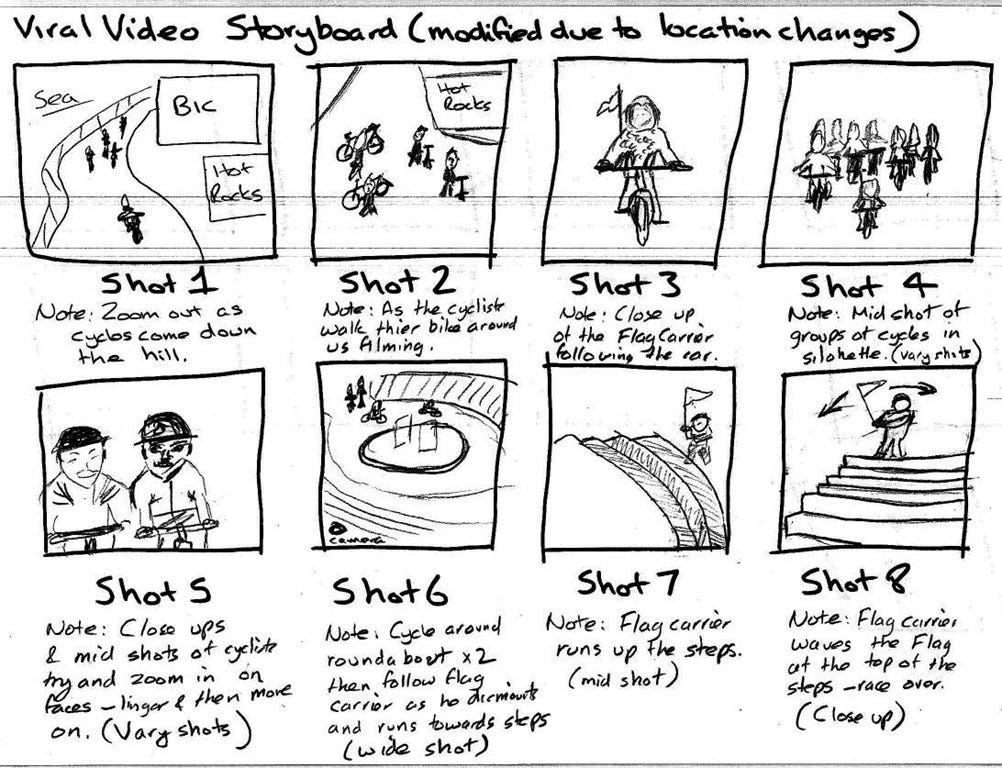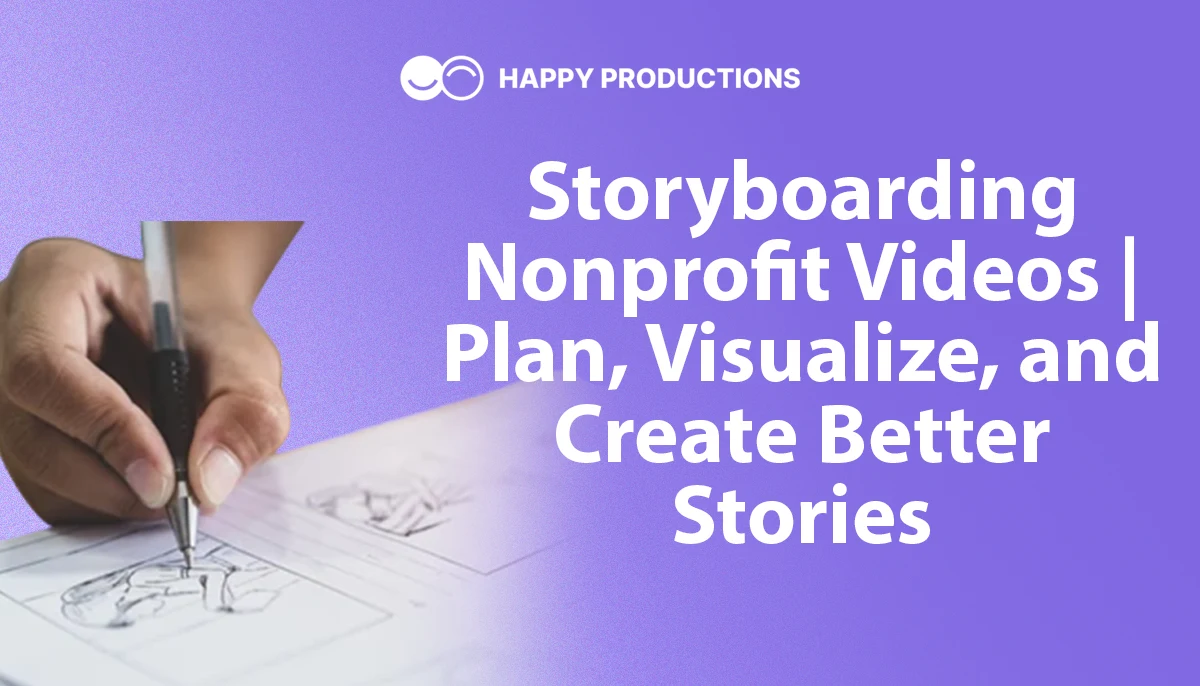Storyboarding Nonprofit Videos: How to Turn Ideas Into Impact
Introduction
Great videos rarely happen by accident. Storyboarding is the secret behind every powerful, emotionally consistent nonprofit film. It turns scattered ideas into a clear visual plan—saving time, money, and creative energy.

1. Start With Your Purpose
Ask one question before you begin: What do we want viewers to do after watching?
Your storyboard should guide the audience toward that outcome—donate, volunteer, or share.

2. Break Down the Story Arc
Divide your message into three sections:
- The challenge: Introduce the problem.
- The response: Show how your organization steps in.
- The transformation: End with hope and gratitude.
This keeps your narrative emotional yet focused.

3. Visualize Every Scene
Sketch simple boxes or use free digital templates. Under each frame, describe what’s happening, the emotion you want to convey, and any dialogue or text on screen.

4. Share and Refine Before Filming
Review your storyboard with your team. Collaboration now prevents confusion later. Adjust pacing, transitions, and visuals before cameras roll.
Conclusion
Storyboarding isn’t about art—it’s about clarity. A solid plan keeps your message aligned with your mission and ensures that every shot supports your cause.






